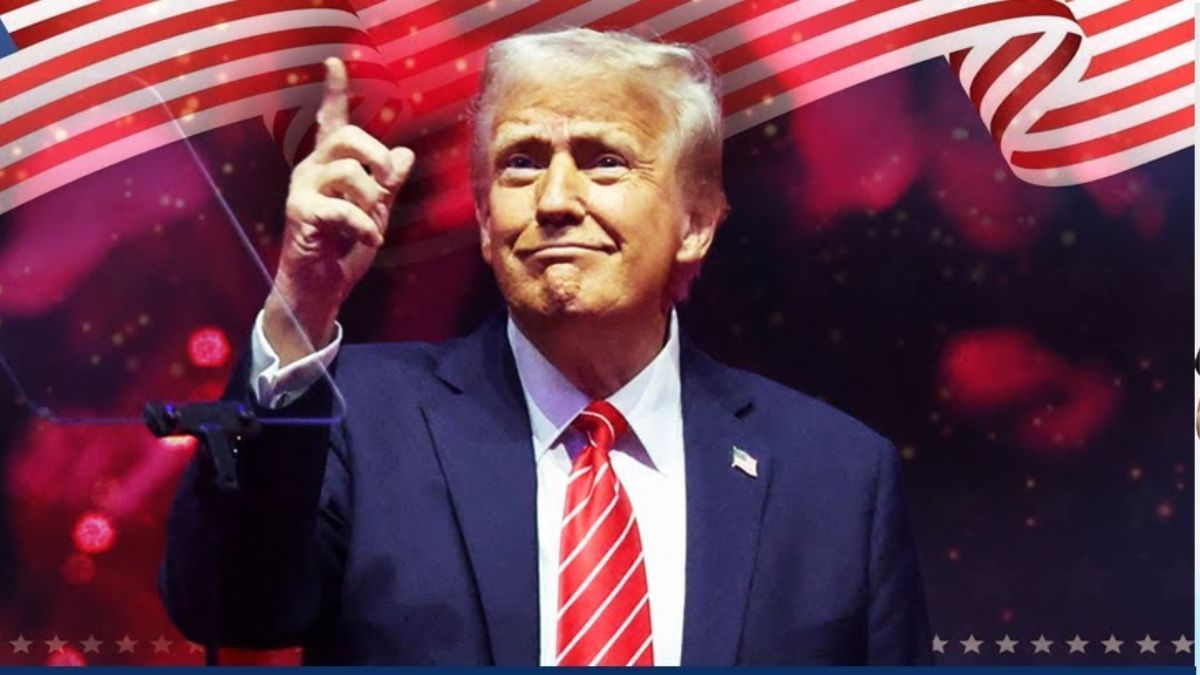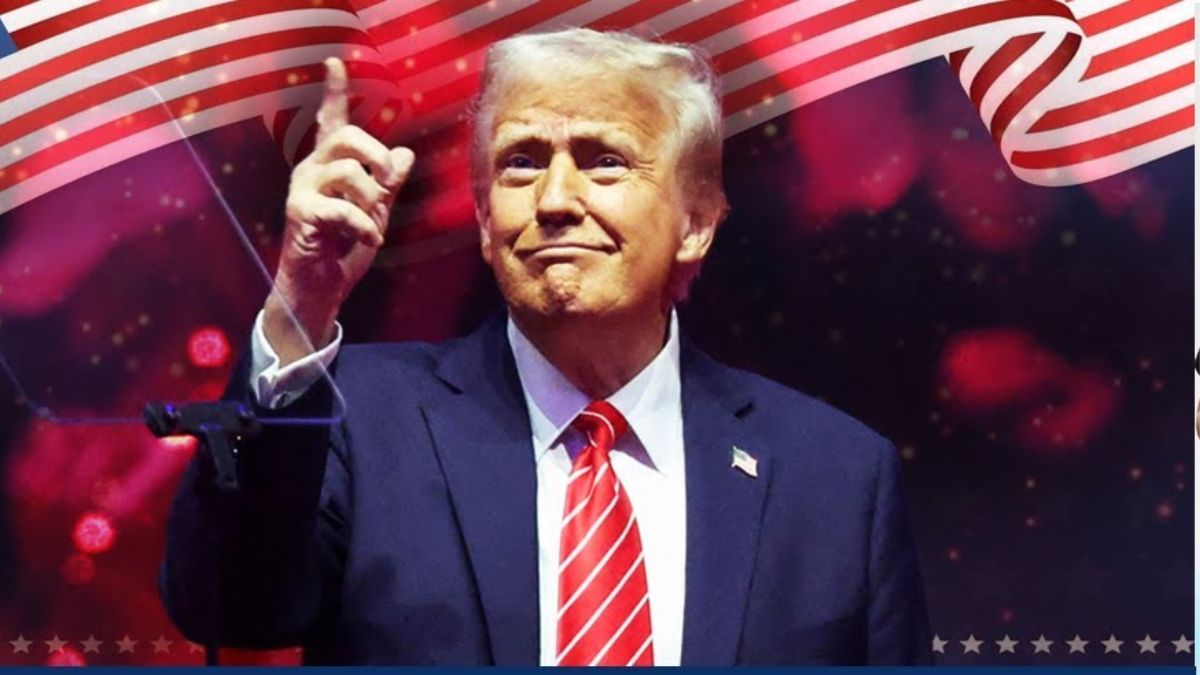More than 100 people are dead and scores wounded in Iran after twin explosions occurred at a ceremony marking the death anniversary of general Qasem Soleimani.
Iranian state television reported a first and then a second blast during an anniversary event near the cemetery where Soleimani is buried in the southeastern city of Kerman.
An unnamed official told the state news agency IRNA that “two explosive devices planted along the road leading to Kerman’s Martyrs’ Cemetery were detonated remotely by terrorists”.
Soleimani was killed in a US drone in Iraq in January 2020 ordered by then president Donald Trump.
But who was Soleimani?
Let’s take a closer look:
Who was he?
As per CNN, Soleimani was called Iran’s ‘shadow commander.’
He headed up the country’s Revolutionary Guards’ Quds Force since 1998 and was one of the most powerful men in the country – perhaps only after Ayatollah Ali Khamenei.
The elite Quds Force, which is responsible for the Islamic Republic’s campaigns overseas, has been declared a terrorist organisation by the US.
He was considered the architect of Iran’s regional military activities.
Impact Shorts
More ShortsHe kicked off his career in the 1980s amid the Iraq-Iran war.
He was credited with helping to arm, train and lead armed groups across the region, including the Shiite militias in Iraq, the Lebanese Hezbollah, and fighters in Syria, the Palestinian territories and Yemen.
The US held him responsible for the deaths of many of its soldiers in Iraq.
Its officials think it was Soleimani who provided insurgents with armour-piercing bombs.
He was also said to be on the battlefields of Iraq.
“He’s been in combat his entire life. His soldiers love him. He’s a quiet, charismatic guy, a strategic genius and a tactical operator,” Lieutenant General Mark Hertling, a national security, intelligence and terrorism analyst, told CNN.
Early years
Soleimani’s early years are a bit of a mystery.
Born 11 March, 1957, Iranians say Soleimani grew up near the mountainous and historic Iranian town of Rabor, famous for its forests, its apricot, walnut and peach harvests and its brave soldiers.
The US state department has said he was born in the Iranian religious capital of Qom.
Little is known about his childhood, though Iranian accounts suggest Soleimani’s father was a peasant who received some land under the Shah Mohammad Reza Pahlavi, the monarch who was toppled in the 1979 Islamic Revolution.
By the time he was 13, Soleimani was working construction, later as an employee of the Kerman Water Organization.
After Iran’s Islamic Revolution swept the shah from power, Soleimani joined the Revolutionary Guard. He deployed to Iran’s northwest with forces that put down Kurdish unrest.
Soon after, Iraq invaded Iran and began the two countries long, bloody eight-year war. The fighting killed more than 1 million people and saw Iran send waves of lightly armed troops into minefields and the fire of Iraqi forces, including teenage soldiers. Solemani’s unit and others also were attacked by Iraqi chemical weapons.
Amid the carnage, Soleimani became known for his opposition to “meaningless deaths” on the battlefield. He wept with fervor when exhorting his men into combat, embracing each individually.
For several years after the Iraq-Iran war, Soleimani largely disappeared from public view, something analysts attribute to his wartime disagreements with Hashemi Rafsanjani, who served as Iran’s president from 1989 to 1997.
Public profile grows
But after Rafsanjani, Soleimani became head of the Quds force. He also grew so close to Khamenei that the Supreme Leader officiated the wedding of the general’s daughter.
In secret US diplomatic cables released by WikiLeaks, US officials openly discussed Iraqi efforts to reach out to Soleimani to stop rocket attacks on the highly secured Green Zone in Baghdad in 2009.
Another cable in 2007 outlines then Iraqi president Jalal Talabani offering a US official a message from Soleimani acknowledging having “hundreds” of agents in the country while pledging, “I swear on the grave of (the late Ayatollah Ruhollah) Khomeini I haven’t authorised a bullet against the US.”
US officials at the time dismissed Soleimani’s claim as they saw Iran as both an arsonist and a fireman in Iraq, controlling some Shiite militias while simultaneously stirring dissent and launching attacks.
US forces blamed the Quds Force for an attack in Karbala that killed five American troops, as well as for training and supplying the bomb makers whose improvised bombs made IED — improvised explosive device — a dreaded acronym among soldiers.
In a 2010 speech, US General David Petraeus recounted a message from Soleimani he said explained the scope of Iranian’s powers.
“He said, ‘Gen. Petreaus, you should know that I, Qassem Soleimani, control the policy for Iran with respect to Iraq, Lebanon, Gaza and Afghanistan,’” Petraeus said.
The US and the United Nations put Soleimani on sanctions lists in 2007, though he continued to travel.
In 2011, US officials named him as a defendant in an outlandish Quds Force plot to allegedly hire a purported Mexican drug cartel assassin to kill a Saudi diplomat.
His profile rose suddenly when he was pushed forward as the public face of Iran’s intervention in the Syrian conflict from 2013, appearing in battlefield photos, documentaries — and even being featured in a music video and animated film.
He sat by Khamenei’s side at key meetings. He famously met Syria’s Assad together with the supreme leader — but without Iran’s Foreign Minister Mohammad Javad Zarif, sparking a short-lived resignation by the top Iranian diplomat.
In a rare interview aired on Iranian state television in October 2020, he said he was in Lebanon during the 2006 Israel-Hezbollah war to oversee the conflict.
He had wielded his regional clout publicly since 2018 when it was revealed that he had direct involvement in top-level talks over the formation of Iraq’s government.
He was pivotal in pressuring Iraq’s Kurds to abandon their plans for independence after an ill-judged referendum.
“My Iranian interlocutors on Afghanistan made clear that while they kept the foreign ministry informed, ultimately it was General Soleimani that would make the decisions,” former US ambassador to Iraq Ryan Crocker told the BBC in 2013.
The Pentagon said Soleimani was “responsible for the deaths of hundreds of American and coalition service members and the wounding of thousands more.”
Soleimani’s greatest notoriety arose from the Syrian civil war and the rapid expansion of the Islamic State group.
Iran, a major backer of Assad, sent Soleimani into Syria several times to lead attacks against IS and others opposing Assad’s rule. While a US-led coalition focused on airstrikes, several ground victories by Iraqi forces featured photographs of Soleimani leading them without a flak jacket.
“Soleimani has taught us that death is the beginning of life, not the end of life,” one Iraqi militia commander said.
Polling data routinely showed Soleimani rated more favorably than other public figures, according to the Center for International Studies at the University of Maryland. But Soleimani refused entreaties to enter politics.
Luck runs out
As per A_l Jazeera,_ Soleimani had survived numerous assassination attempts over the past two decades before his luck ran out in 2020.
“To Middle Eastern Shiites, he is James Bond, Erwin Rommel and Lady Gaga rolled into one,” wrote former CIA analyst Kenneth Pollack in a profile for Time’s 100 most influential people in 2017.
“To the West, he is… responsible for exporting Iran’s Islamic revolution, supporting terrorists, subverting pro-Western governments and waging Iran’s foreign wars,” Pollack added.
Trump had called Soleimani the “the number-one terrorist anywhere in the world,” as per BBC.
Within Iran, Soleimani is closely associated with an Islamic theocracy that the protesters view as violent and corrupt.
Iran responded to the killing of Soleimani by launching a barrage of missiles at US bases in Iraq, causing dozens of brain concussion injuries but no deaths among US soldiers stationed there.
Iranian officials have repeatedly vowed to take further steps and imposed sanctions on individuals accused of taking part in the operation.
With inputs from agencies


)

)
)
)
)
)
)
)
)



